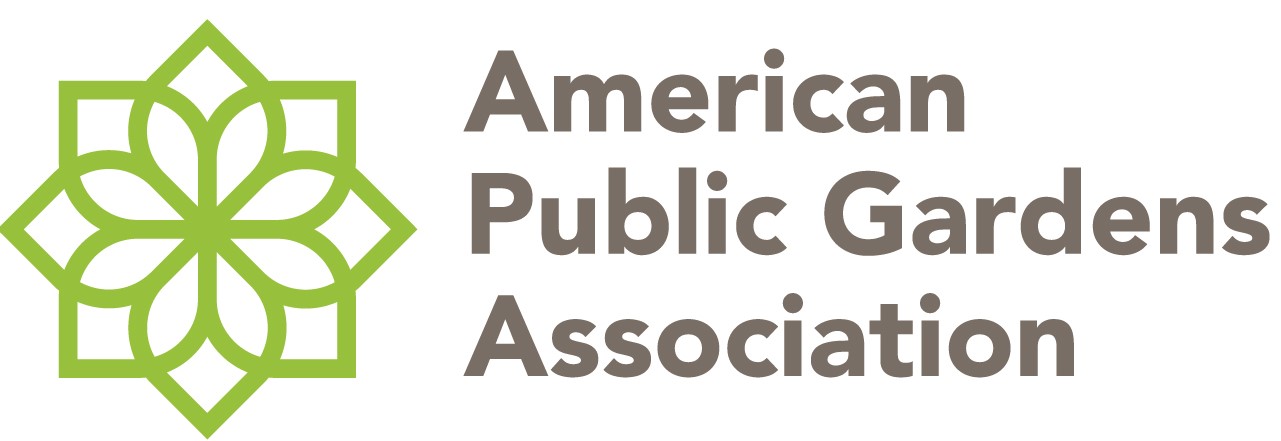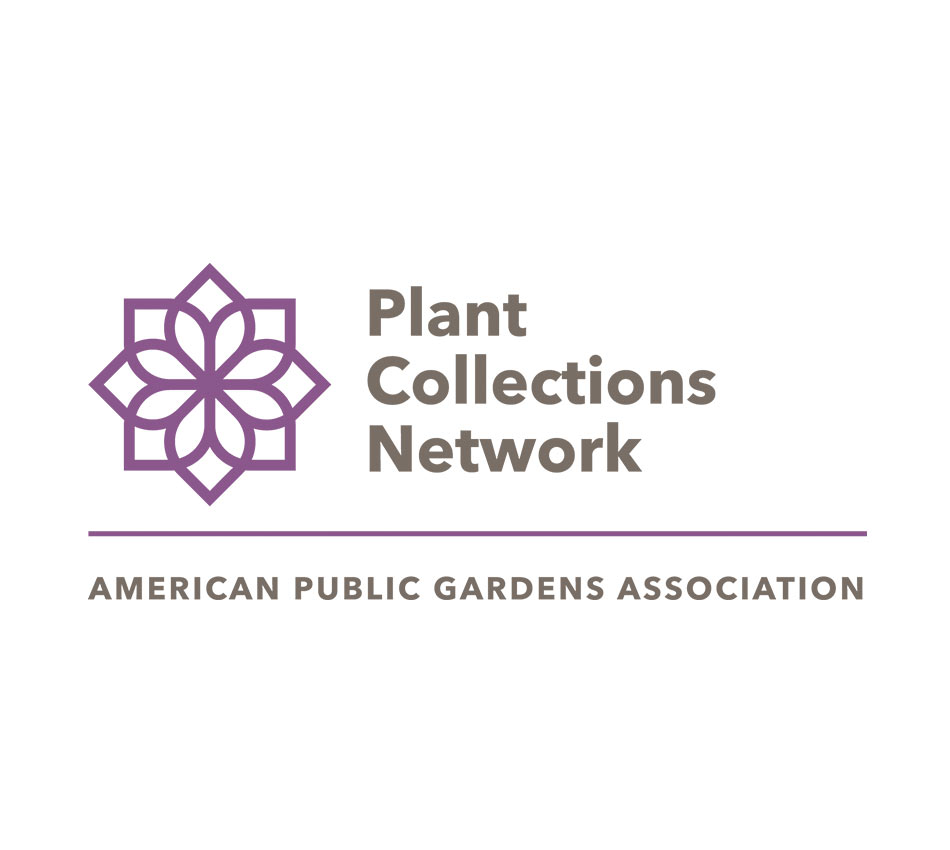All American Public Gardens Association Members are invited to submit applications for any number of their collections. Individual collectors, breeders, and plant societies may participate through an American Public Gardens Association Member.
Long-term institutional commitment to collect, document, grow, and maintain living plants of a defined plant collection and conserve this germplasm
Governing body’s support, including provision for adequate and sustained resources for collection
Living collections policy
Designated curator for the Nationally Accredited Plant Collection
Collections maintained according to professional standards
Reasonable access to collections for research, evaluation, and introduction
Back-up replicates and long-term germplasm storage desirable to ensure preservation
Regular collections updates and periodic on site evaluations
Quality of existing candidate collection
Current holdings represent at least 50% of its stated collection scope
Potential for further development of collection
Location and environmental conditions favorable to collection
Commitment to excellence in professional collections management
Up-to-date plant records
Staff expertise with designated plant group
Likelihood for long term stability and support for collection
Any unique, enabling characteristics of collections holder
Woody and herbaceous ornamentals, native or exotic, are eligible. Collections can be defined on the basis of a taxonomic level such as family, genus, or section, depending on the size of the designated plant group and institutional capacity. Other collections may be defined by a floristic or geographic region.
Documented wild origin plants, sampled from throughout the natural range and genetic variability of the species, have the broadest utility for conservation-focused Nationally Accredited Plant Collections™. Others focus on preserving horticultural cultivars, maintaining true-to-name clones.
High priority taxa may be identified and target institutions encouraged to consider participation in this program. Priorities for conservation include genetic variability for crop improvement (disease/pest resistance, adaptability, phenological variability, yield); plants from difficult or restricted access locations; rare and endangered in the wild; and historical/period cultivars.
Participating institutions commit to holding and developing a collection(s) of documented living plants according to professional standards of collections management. This commitment involves replication of taxa within an institution and complementary replication of taxa among different institutions to ensure germplasm preservation. Plant Collections Network™ participants can also serve as centers of information about taxonomy, horticulture, conservation, exploration, and research efforts. They compare holdings with other institutions to identify duplications and gaps. This continent-wide approach makes efficient use of available resources, strengthening collections through combined collaborative activities. Nationally Accredited Plant Collection holders make germplasm available for selection and breeding, taxonomic study evaluation, utilization, and other research purposes. Nationally Accredited Plant Collections™ may serve as reference collections for plant identification and cultivar registration.
It is a program of the American Public Gardens Association in cooperation with the USDA Agricultural Research Service. The Plant Collections Network Manager administers the program and is advised by an American Public Gardens Association board-level committee. Program participants and other curatorial experts assist prospective applicants. Peer site reviewers lend their expertise during the application process. Specialized curatorial groups focus attention on targeted plant genera represented by multiple institutions.




